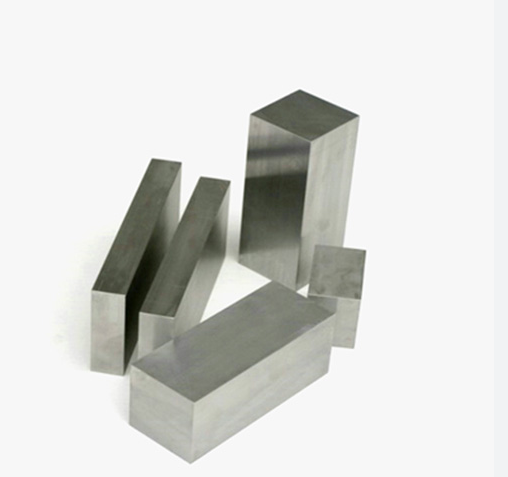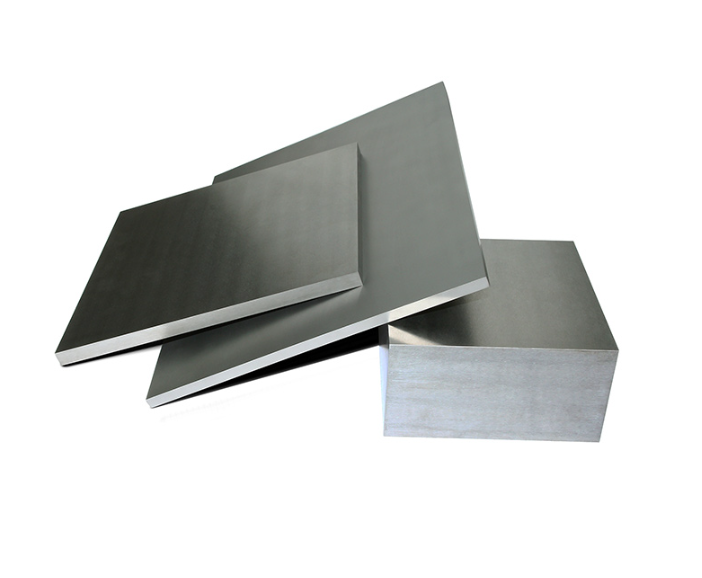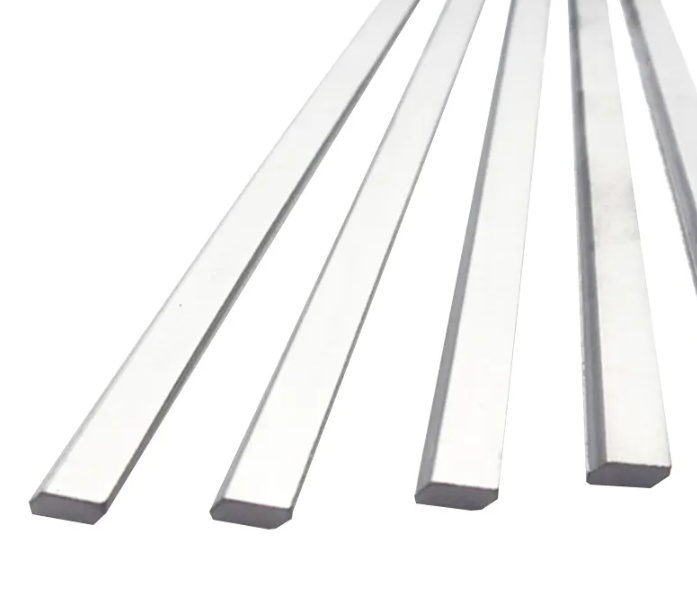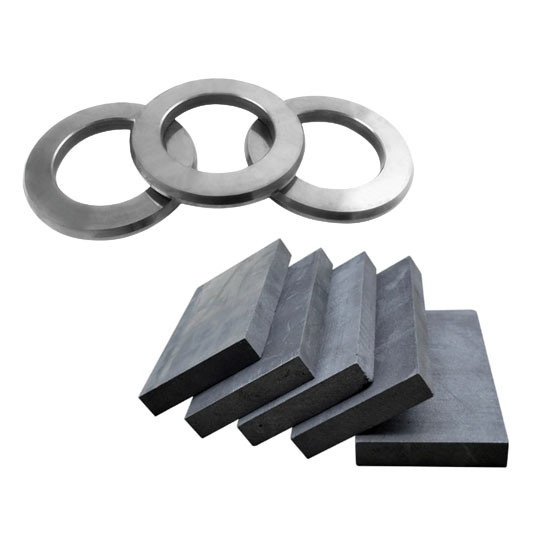Что такое Скорость резки?
Скорость резания - это скорость перемещения режущей кромки инструмента относительно поверхности заготовки. Она измеряется в футах поверхности в минуту (SFM) или метрах в минуту (м/мин). Скорость резания играет решающую роль в процессах обработки, влияя на износ инструмента, качество обработки поверхности и производительность. Правильный выбор скорости резания обеспечивает эффективный съем материала и продлевает срок службы инструмента.
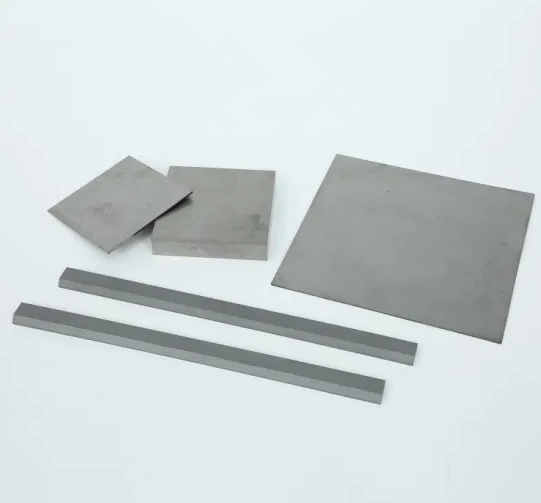
Важность Скорость резки в области обработки с ЧПУ, фрезерования, токарной обработки и других процессов
Скорость резания напрямую влияет на эффективность и точность обработки, фрезерования и токарных работ с ЧПУ. Если скорость резания слишком низкая, процесс становится неэффективным, что приводит к плохой обработке поверхности и чрезмерному износу инструмента. И наоборот, слишком высокая скорость резания может вызвать перегрев, что приведет к быстрому разрушению инструмента и повреждению заготовки. Оптимизируя скорость резания, производители могут добиться высокой точности, улучшить качество поверхности и продлить срок службы инструмента.
Почему твердосплавные инструменты требуют более высоких скоростей резания?
Твердосплавные инструменты известны своей твердостью, износостойкостью и способностью выдерживать высокие температуры. В отличие от инструментов из быстрорежущей стали (HSS), твердосплавные инструменты требуют более высоких скоростей резания из-за их превосходной теплостойкости и прочности. Работа на более высоких скоростях минимизирует образование нарастающей кромки, сокращает время цикла и повышает общую производительность.
Рекомендуемые скорости резания для твердосплавных инструментов
В таблице ниже приведены общие рекомендации по рекомендуемым скоростям резания при использовании твердосплавных инструментов для различных материалов:
| Материал | Скорость резки (SFM) | Скорость резки (м/мин) |
|---|---|---|
| Алюминий | 800 – 1500 | 244 – 457 |
| Мягкая сталь | 250 – 600 | 76 – 183 |
| Нержавеющая сталь | 150 – 400 | 46 – 122 |
| Чугун | 300 – 700 | 91 – 213 |
| Титан | 100 – 250 | 30 – 76 |
| Никелевые сплавы | 75 – 200 | 23 – 61 |
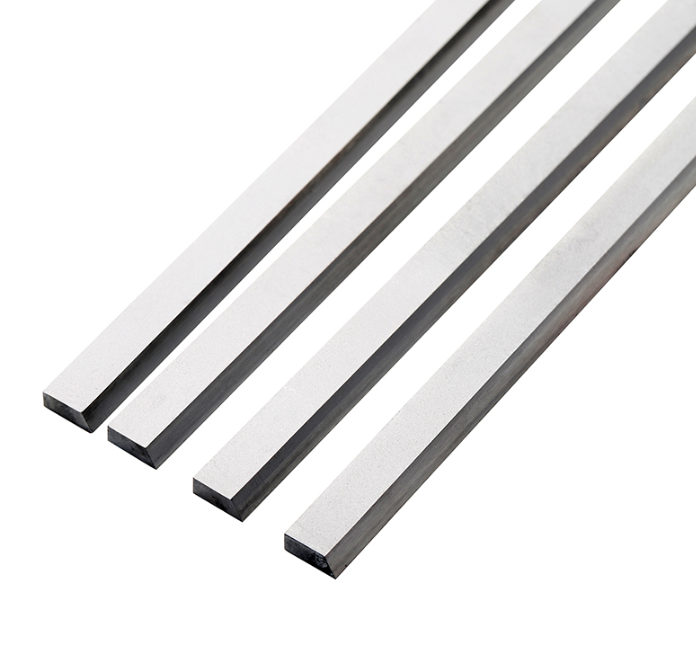
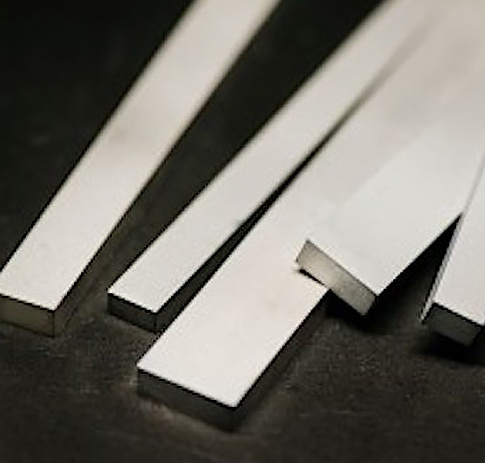
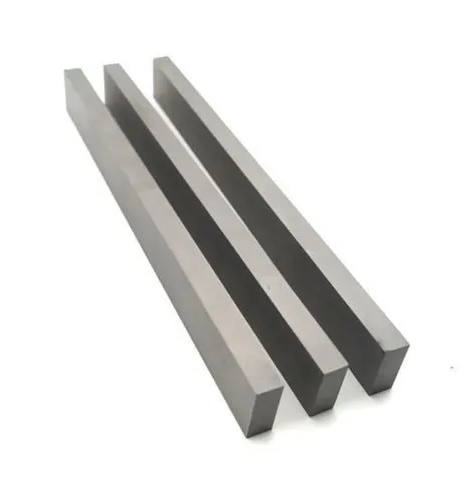
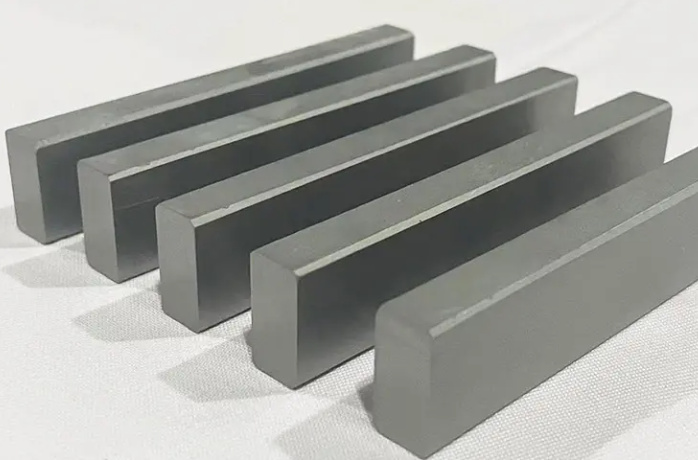
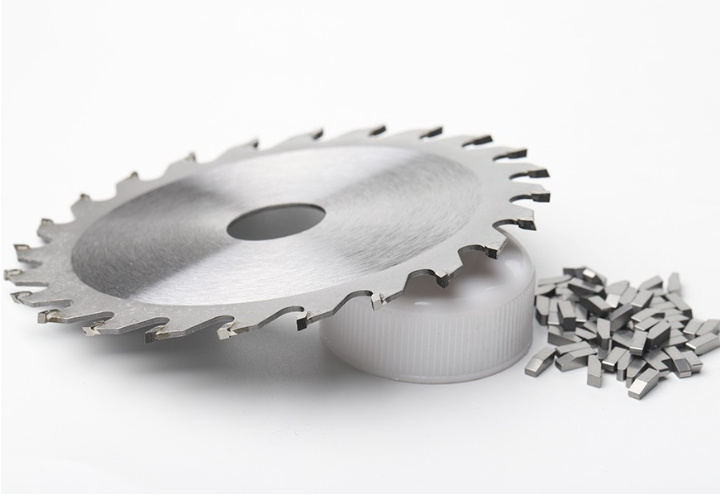
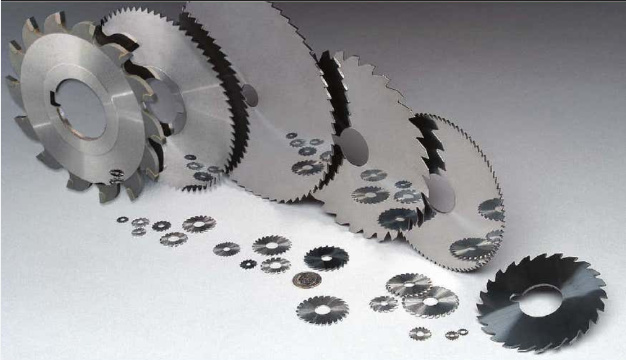
Факторы, влияющие на Скорость резки
На оптимальную скорость резания для твердосплавных инструментов влияют несколько факторов. В таблице ниже приведены основные соображения:
| Фактор | Влияние на скорость резания |
|---|---|
| Материал инструмента | Твердосплавные инструменты работают на более высоких скоростях, чем инструменты из быстрорежущей стали. |
| Материал заготовки | Более твердые материалы требуют меньшей скорости резки. |
| Жидкость для резки | Улучшает охлаждение и смазку, обеспечивая более высокие скорости. |
| Геометрия инструмента | Острые, хорошо продуманные режущие кромки повышают эффективность работы. |
| Стабильность машины | Жесткая конструкция обеспечивает высокую скорость без вибраций. |
| Глубина среза | Глубокие пропилы требуют более низкой скорости, чтобы предотвратить повреждение инструмента. |
Как рассчитать скорость резания для твердосплавных инструментов?
Скорость резания можно рассчитать по следующей формуле:
V=π×D×N12V = \frac{\pi \times D \times N}{12} (для SFM)
V=π×D×N1000V = \frac{\pi \times D \times N}{1000} (для м/мин)
Где:
- VV = скорость резания
- DD = диаметр заготовки или инструмента (в дюймах или мм)
- NN = скорость вращения шпинделя (об/мин)
Например, при использовании твердосплавной концевой фрезы диаметром 1 дюйм при 1000 об/мин скорость резания составляет: V=3,14×1×100012=261,67 SFMV = \frac{3,14 \times 1 \times 1000}{12} = 261,67 \, SFM
Распространенные ошибки и как их избежать
- Использование неправильных скоростей резки - Всегда обращайтесь к рекомендуемым значениям для конкретных материалов.
- Игнорирование износа инструмента - Регулярно проверяйте инструменты, чтобы избежать преждевременного выхода из строя.
- Плохое охлаждение и смазка - Используйте соответствующие смазочно-охлаждающие жидкости для борьбы с теплообразованием.
- Непоследовательные скорости подачи - Поддерживайте постоянную скорость подачи, чтобы предотвратить неравномерный износ инструмента.
- Особенности нанесения покрытия на скипинг-инструмент - Для повышения производительности используйте твердосплавные инструменты с покрытием.
Специальные модели металлических порошков для твердосплавных инструментов
Ниже приведены конкретные модели металлических порошков, используемых в твердосплавных инструментах, и области их применения:
| Модель металлического порошка | Состав и особенности | Приложения |
|---|---|---|
| WC-Co (карбид вольфрама-кобальт) | Высокая твердость и прочность | Общая обработка |
| TiC (карбид титана) | Износостойкий, используется в покрытиях | Высокоскоростная резка |
| TaC (карбид тантала) | Жаропрочный, используется в сплавах | Аэрокосмическая обработка |
| NbC (карбид ниобия) | Повышает износостойкость | Прецизионная резка |
| VC (карбид ванадия) | Улучшает сохранность режущей кромки | Высокопроизводительные режущие инструменты |
| Cr3C2 (карбид хрома) | Устойчивый к коррозии | Обработка абразивными материалами |
| Mo2C (карбид молибдена) | Повышает твердость | Применение в тяжелых условиях |
| ZrC (карбид циркония) | Высокотемпературная стабильность | Высокоскоростные операции |
| HfC (карбид гафния) | Отличная термостойкость | Сверхскоростная обработка |
| Al2O3-TiC (карбид алюминия и титана) | Повышенная стойкость к окислению | Твердосплавные токарные работы |

ЧАСТО ЗАДАВАЕМЫЕ ВОПРОСЫ
| Вопрос | Ответить |
|---|---|
| Что произойдет, если скорость резки будет слишком низкой? | Плохая шероховатость поверхности, повышенный износ инструмента и неэффективное резание. |
| Могут ли твердосплавные инструменты резать закаленную сталь? | Да, с соответствующими покрытиями и высокой скоростью резки. |
| Как скорость резания влияет на стойкость инструмента? | При неоптимизированной работе на высоких скоростях сокращается срок службы инструмента. |
| Зачем использовать охлаждающую жидкость при работе с твердосплавными инструментами? | Уменьшает накопление тепла и продлевает срок службы инструмента. |
| Какова наилучшая скорость резки алюминия? | 800-1500 SFM, в зависимости от типа инструмента. |

